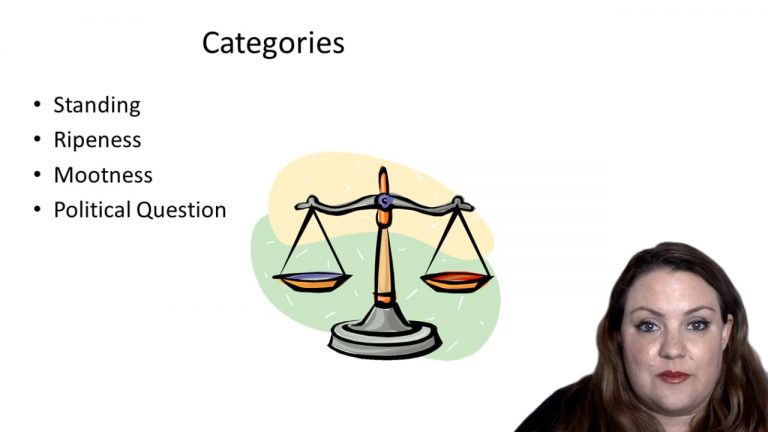SmartBrief
Confirm favorite deletion?
Constitutional Law Keyed to Choper
Nixon v. United States
Citation:
506 U.S. 224, 113 S.Ct. 732, 122 L.E.2d 1 (1993).Facts
Walter Nixon, a former Chief Judge of a federal district court, was convicted of making false statements before a grand jury and sentenced to prison. The Senate invoked its own Impeachment Rule XI, under which the presiding officer appoints a committee of Senators to “receive evidence and take testimony.” This committee of senators held 4 days of hearings and afterwards presented the full Senate with a complete transcript of the proceeding and report summarizing the evidence. The Senate voted to convict Nixon and the presiding officer entered judgment to remove Nixon from his office as U.S. District Judge. Nixon thereafter brought suit arguing that Impeachment Rule XI violates the constitutional grant of authority to the Senate to “try” all impeachments because it prohibits the whole Senate from taking part in the evidentiary hearings.
Only StudyBuddy Pro offers the complete Case Brief Anatomy*
Access the most important case brief elements for optimal case understanding.
*Case Brief Anatomy includes: Brief Prologue, Complete Case Brief, Brief Epilogue
- The Brief Prologue provides necessary case brief introductory information and includes:
Topic:
Identifies the topic of law and where this case fits within your course outline.Parties:
Identifies the cast of characters involved in the case.Procedural Posture & History:
Shares the case history with how lower courts have ruled on the matter.Case Key Terms, Acts, Doctrines, etc.:
A case specific Legal Term Dictionary.Case Doctrines, Acts, Statutes, Amendments and Treatises:
Identifies and Defines Legal Authority used in this case.
- The Case Brief is the complete case summarized and authored in the traditional Law School I.R.A.C. format. The Pro case brief includes:
Brief Facts:
A Synopsis of the Facts of the case.Rule of Law:
Identifies the Legal Principle the Court used in deciding the case.Facts:
What are the factual circumstances that gave rise to the civil or criminal case? What is the relationship of the Parties that are involved in the case.Issue(s):
Lists the Questions of Law that are raised by the Facts of the case.Holding:
Shares the Court's answer to the legal questions raised in the issue.Concurring / Dissenting Opinions:
Includes valuable concurring or dissenting opinions and their key points.Reasoning and Analysis:
Identifies the chain of argument(s) which led the judges to rule as they did.
- The Brief Prologue closes the case brief with important forward-looking discussion and includes:
Policy:
Identifies the Policy if any that has been established by the case.Court Direction:
Shares where the Court went from here for this case.

 14m 30s
14m 30s